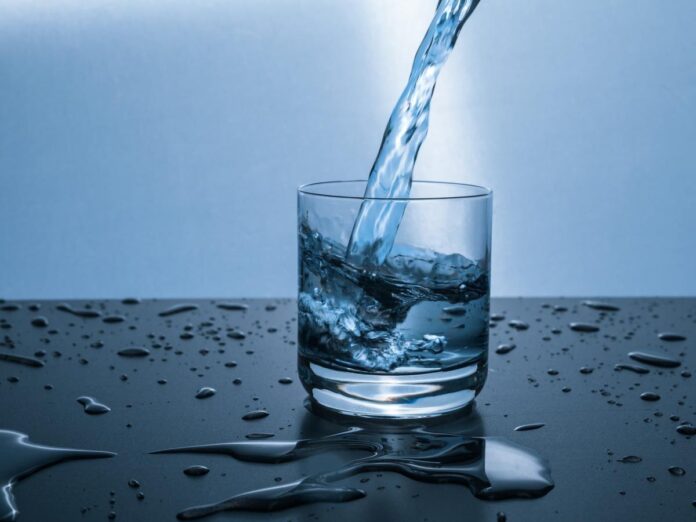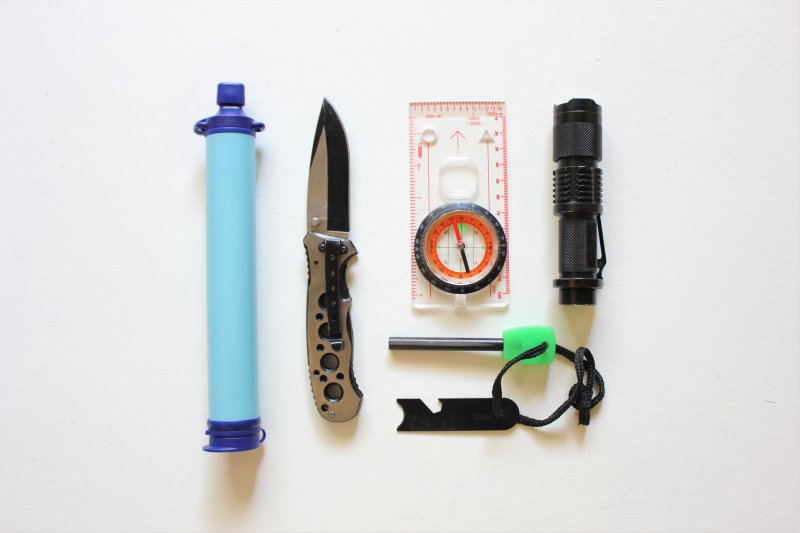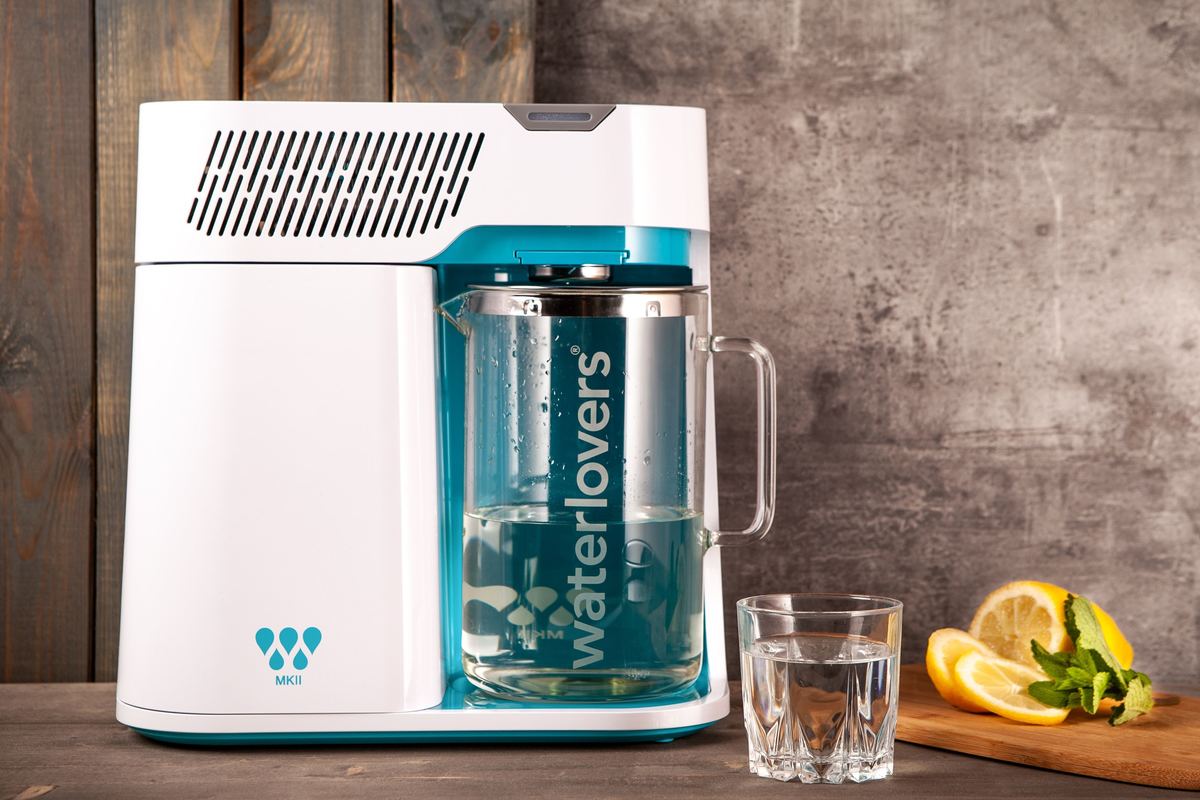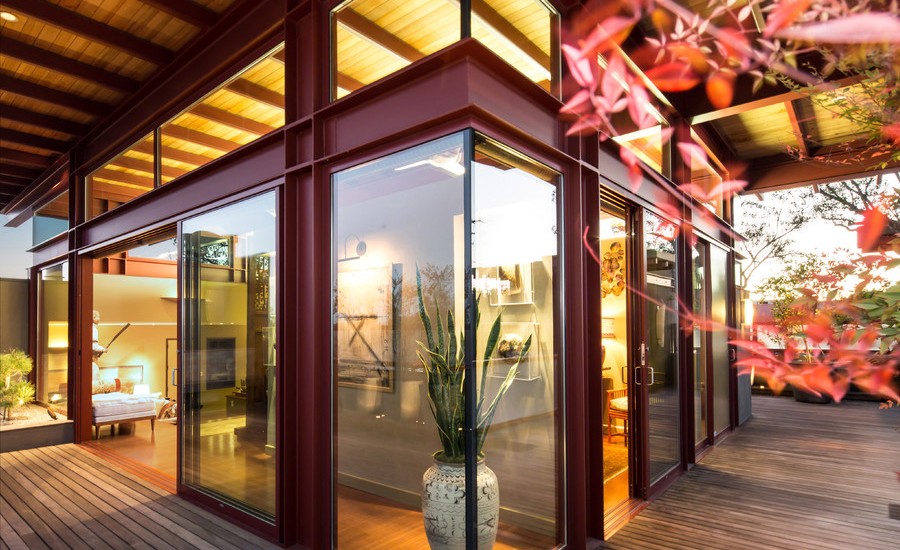A good way to ensure that you’re drinking and using clean and safe water is by filtering it. You can purchase water from a company that has already done this step for you. But you can also filter your water yourself.
Filtering helps you to ensure that bacteria and other contaminants are eliminated from your water supply. Some of the contaminants found in the general water supply can pose health risks.
Filtering your water yourself will require some effort and can be costly depending on your filtration needs. These should be factored in when considering your method of filtration. Travel enthusiasts are among the members of society that truly understand the importance of having access to clean water. Many travelers get violently ill from ingesting contaminated water during their travels. One reason for this adaptation. The people of a country would have adapted to the water quality present. Because of this, they won’t have reactions to the local water. However, a newcomer’s body may not be used to the bacteria present and their bodies will react to these alien substances.
How to Filter Your Water
There are many reasons for wanting to filter water on your own. If you go to a foreign country you may want to carry a portable filter with you. If you’ve moved to a new area and aren’t sure about the quality of the water you may want to use a filtration method. You may even decide on implementing a house filtration system. Some may think, why choose a whole house water filtration system? But if you have sensitive skin the things found in your bath water may cause your skin to become irritated. Different people have different needs. For this reason, there are different methods of filtration that you can employ.
Boiling
Heating water until it comes to a rolling boil and leaving it to continue for at least 1 to 3 minutes, makes water safe to drink. This is a quick and simple method to get clean water to drink. Boiling water will kill germs and bacteria as the heat denatures the structure of the cells. Countries that have an issue with getting access to clean water often issue water boil advisories. This is to help prevent the spread of diseases. When on a trip make sure to pay attention to travel advisories. Tip: Boiling water cannot remove debris, heavy metals, and chemicals. For the removal of debris, use a secondary filtration method.
Tablets Or Drops
Some purifying or disinfecting water tablets or drops include iodine and chlorine dioxide. These are used to kill bacteria and remove other impurities. However, they are still unable to kill all bacteria. When using this method, make sure to follow the provided instructions. This method may not be suited for long-term use as chlorine dries out the skin and hair.
Activated Charcoal
Activated charcoal is best used to remove the smell, germs, and toxic compounds from water. It can also reduce heavy metals and fluoride from the water. It isn’t as useful in removing viruses, bacteria, and hard ward minerals. It is the nature of activated charcoal to remove impurities. You can use this by putting the charcoal in a cloth and allowing the water to filter through into a clean container.
UV Treatment
You can use UV rays emitted from sunlight or a strong UV light. The light should pass through the water and during the process, it will damage or destructure the DNA of the germs, viruses, and bacteria. It also attacks other harmful microorganisms. This method doesn’t work as well to remove heavy metals and debris. This method should be used with another filtration option where possible. Leave the water exposed for the light as long as possible.
Sediment Filters
These store-bought options work to filter out debris, germs, and bacteria from natural water sources which can include the water you get from your tap. They come in different forms and can be used once or multiple times. An example of this is a filtering water pitcher. These are often travel-sized and are perfect to take with you on a trip. They are also a more convenient option when moving as they can be packed away and taken to your new place.
Filtration Systems
Filtration systems for the home are another great option. They are typically more expensive but they can be connected to your water system to filter water throughout the whole house. This can save you time and money. If you’re having hard water, these types of systems can improve the quality by removing sediment, heavy metals, and other contaminants. These require you to do a lot more review to find the right type for your home. You will also have a bit more maintenance with these.
Bonus: Many cultures and countries around the world use fruit peels to help filter water. This is used mainly in areas where access to clean water is scarce.
What Differences Will You Notice?
You should be able to see a difference in the look, smell, and taste of the water. After filtration, your water should look clearer, have little to no smell, and have a fresh clean taste. If you still notice these things you may want to consider using another method. Sometimes, it takes a layered filtration process to get the water filtered better.
At the end of the day, you can utilize several methods in combination with each other to create the perfect filtration system. These methods can include a store-bought filtration system or kit or a DIY approach. Once you’ve filtered the water using one method, you can use test kits to see how effective the method was. Repeat the same thing if you use more than one method in combination with each other. To find the best method or approach, consider what you’re trying to accomplish. Some methods are better for removing debris, whereas others work better to remove bacteria and chemicals.
DIY methods or a travel filtration kit can be lifesavers when traveling abroad. Make sure to have one handy when you travel or get the supplies you need once you land at your destination.




















